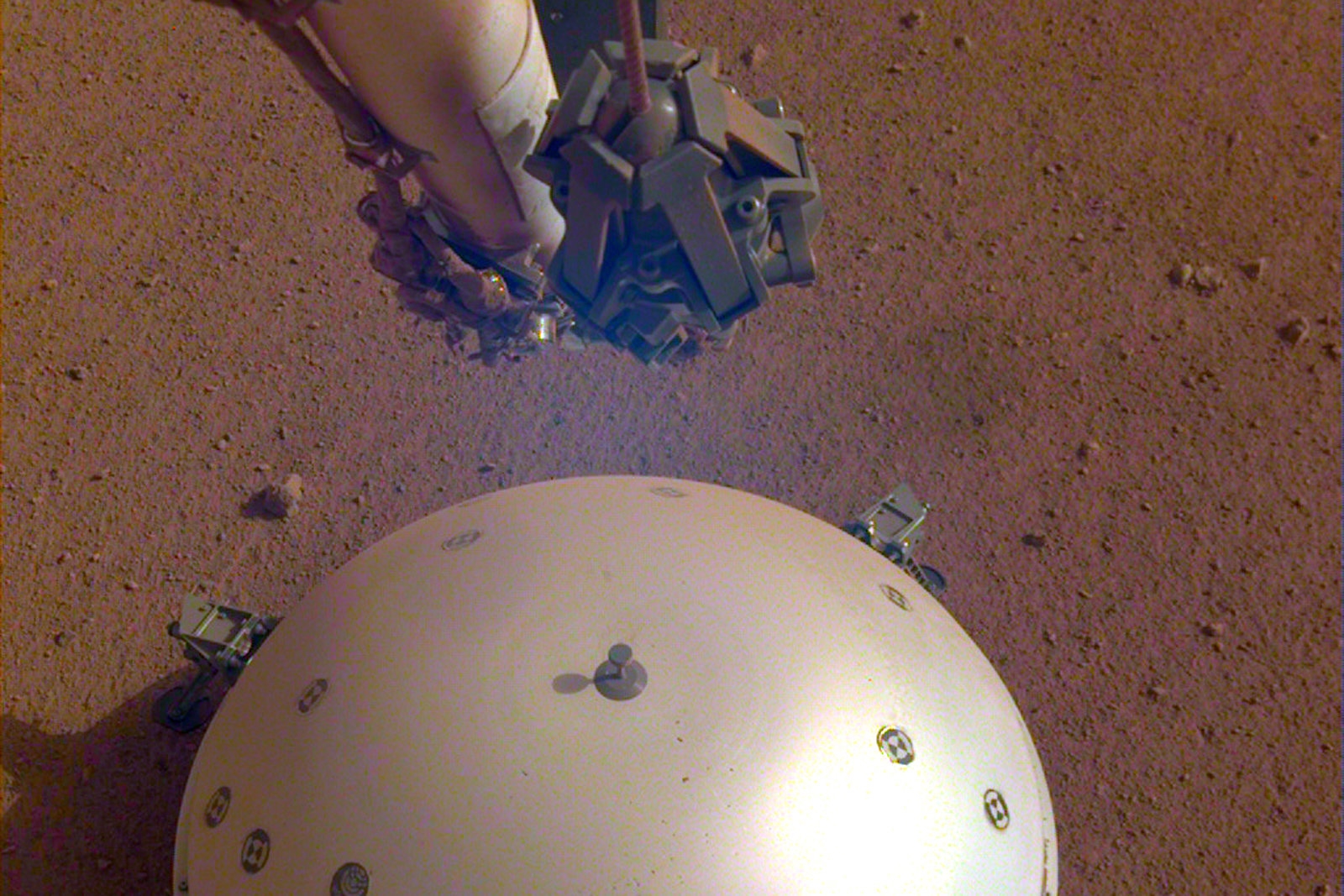NASA’s InSight lander may have recorded a marsquake
It might not have taken long for NASA’s InSight lander to capture a marsquake. The machine’s seismometer recorded trembling on April 6th that seems to have come from within Mars, rather than an above-ground source like the wind or InSight itself. Although the event was too quiet to say much about Mars’ insides (it would have been difficult to detect on Earth), it suggested that Mars is, in fact seismically active. There were other events on March 14th, April 10th and April 11th, although they were faint enough as to have been ambiguous.
The space agency gives much of the credit for the likely discovery to the design of the seismometer system in question. The Seismic Experiment for Interior Structure has multiple insulating barriers designed to limit the influence of changes in the wind and weather, allowing it to record subtle shaking without needing to go deep underground. The weaker events were captured using extra-sensitive Very Broad Band sensors.
Researchers are still trying to pinpoint the exact cause of the apparent marsquake, and expect to share more detailed results in the future. What’s available right now is still notable, though — it suggests that InSight is quickly paying dividends by revealing aspects of Mars that weren’t accessible to earlier rovers.
(56)




